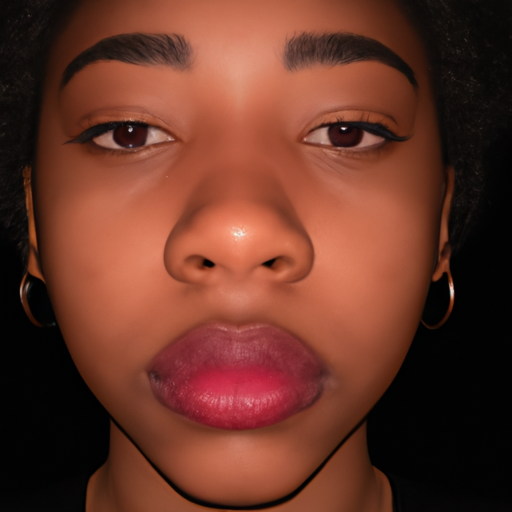Title: Unmasking Botox: The Beauty and Science Behind the Botox Injections
As a medical practitioner, I have witnessed the evolution of various cosmetic procedures over the years. One such treatment that has gained significant popularity is Botox. This non-surgical procedure has become a household name, often associated with the pursuit of beauty and youthfulness. However, there is more to Botox than meets the eye. It’s not just about vanity; it’s also about science.
Botox, or botulinum toxin, is a neurotoxic protein produced by the bacterium Clostridium botulinum. It works by blocking nerve signals in the muscles where it is injected. This blockage prevents muscle contractions, causing wrinkles to relax and soften, thereby giving the skin a smoother appearance. It’s a fascinating blend of biology and aesthetics that has revolutionized the field of cosmetic medicine.
The procedure itself is relatively straightforward. Botox is injected into specific muscles using a fine needle. The process is quick, usually taking no more than 15 minutes, and requires no anesthesia. The effects are not immediate but begin to show after 3-7 days and can last for 3-6 months.
While Botox is most commonly used for cosmetic purposes, its applications extend far beyond aesthetics. It was initially developed in the 1970s for treating strabismus (crossed eyes) and blepharospasm (uncontrollable blinking). Today, it is used to treat a variety of medical conditions such as chronic migraines, excessive sweating, overactive bladder, and certain muscular disorders. The versatility of Botox is a testament to its scientific prowess.
Despite its popularity and widespread use, there are several misconceptions about Botox. Some people believe that Botox treatments result in an unnatural or “frozen” look. This is not necessarily true. When administered correctly by a trained professional, Botox can yield natural-looking results. The key is to use the right amount of Botox in the right places.
Another common misconception is that Botox is dangerous. It’s important to remember that Botox is a purified protein and not a poison. It has been extensively studied and is approved by the FDA for both cosmetic and therapeutic uses. However, like any medical procedure, it does carry some risks, such as pain at the injection site, bruising, or drooping eyelids. These side effects are usually temporary and can be minimized by choosing a qualified and experienced injector.
The science behind Botox is continually evolving. Researchers are exploring new therapeutic uses for the toxin, such as treating depression, premature ejaculation, and even obesity. These potential applications highlight the remarkable versatility of Botox and its potential to improve quality of life beyond skin deep.
In conclusion, Botox is more than just a beauty treatment. It’s a scientific marvel that has transformed the field of cosmetic medicine and beyond. As a doctor, I believe it’s crucial to understand the science behind treatments like Botox to appreciate their full potential and to educate patients accurately. After all, knowledge is power, and in this case, it can also be beauty.




